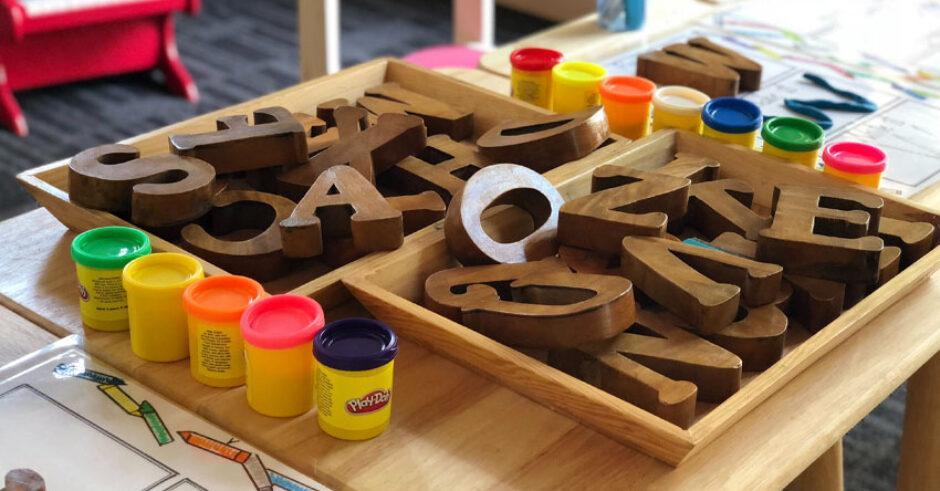Of the many questions floating around, there is one that is on the mind of every HR professional – ‘How do I engage a remote workforce?’ In another day and age, the question may not be as pressing. However, now with a large proportion of any organization working remotely with no end in sight, the need for a solution is more urgent than ever. Not only does working remotely need massive adjustment, it is also showing an impact on mental wellbeing, motivation levels and burnout. Organizations are trying every trick in the book – virtual lunches, tea parties, happy hours, increased time-off, online learning, workout sessions and more to tackle this. Yet the common thread across all interventions is that it requires an individual to be looking at a screen and more likely than not, have headphones on. If this continues for another six months, organizations will likely see an uptick in medical cases concerning eyesight, hearing and backaches. Given an option, I would prefer as little screen time as possible. Not only am I suffering from ‘zoom fatigue’, I also have screen fatigue. Any optional activity that requires me to look at a screen will find me missing. So how does one work around this?
It took immense soul-searching to find a solution that might actually work. It requires us to go old school and take a leaf out of the game/toys industry. Here are four ways to keep your employees occupied while aligning them to organizational goals.
- Contraption hackathons: Remember how as kids we were given ice cream sticks and a bunch of other odds and ends and asked to build something out of it? Then in college, there was a series of popular competitions which involved reaching an end goal such as dropping a marble into a glass via as many modes of energy conversions as possible. You may or may not have engaged in these activities but I’d recommend taking some inspiration from these. There are two ways to do this:
- Email a problem statement and allow employees to solve it using Knickknacks available at home. Instead of writing code or creating a PowerPoint presentation, they engage in a show and tell at the end of the competition. Not only will this keep the creative juices flowing, draw out problem-solving abilities and potentially engage the entire family, it may also lead to a breakthrough idea for the organization. Don’t be surprised to find employees experimenting with concepts of physics, chemistry and electronics to arrive at a solution.
- The other option is to send a delivery to the employees along with the problem statement and the set of raw material that they can use to find a solution. This pushes them to work within constraints while retaining all the benefits above
- Play-Doh prototypes: The idea is very similar to the above yet has an increased constraint. All ideas need to be prototyped using Play-Doh only. To make it easier, you can remove the problem statement and allow imagination to run wild. You can also bundle it into a form of a relay race where employees work in teams. They can only add to a prototype passed by the first team member and do not know what will come their way until the handover. It can be boxed into time-bound activities of 24 hours or less per team member. Not only will it flex all the muscles listed in the previous example, it also works as a team-building activity. Use the MasterChef style – each team member has only a minute to pass the original idea to the next.
- Career path snake & ladder: For something less taxing on the brain, consider a simple game of snakes and ladder with a twist. In this game, the right set of actions will move you up the ladder and the wrong will have you bitten by the snake. You can keep it generic or create one for every job family and level. It is a fun way for employees to learn what it takes to move to the next level and what behaviours might impede progress. It could be sent as an email and printed at home. You could also send a printed copy with dice and coins as a part of a care package. This game is guaranteed to draw more clarity to the many questions around what does it take to get to the next level than any other planned intervention.
- Crosswords, jigsaw puzzles and the like: Crossword puzzles that reference organization values, project codenames and team goals; and jigsaw puzzles with images related to workplace values are just the beginning.
Once you decide to go old school and have some budget, the opportunities are endless. It allows employees to engage with something other than the screen, use their creative skills and stay connected to the organization. There is not a single individual who did not play one of these games or the other while growing up, and many are rediscovering the joys of these games during lockdown. There is a chance that it may not find a connection with every employee yet, it is a good supplement to everything being attempted at the moment and a fun one at that.
This article is exclusive to The Business Transformation Network.


